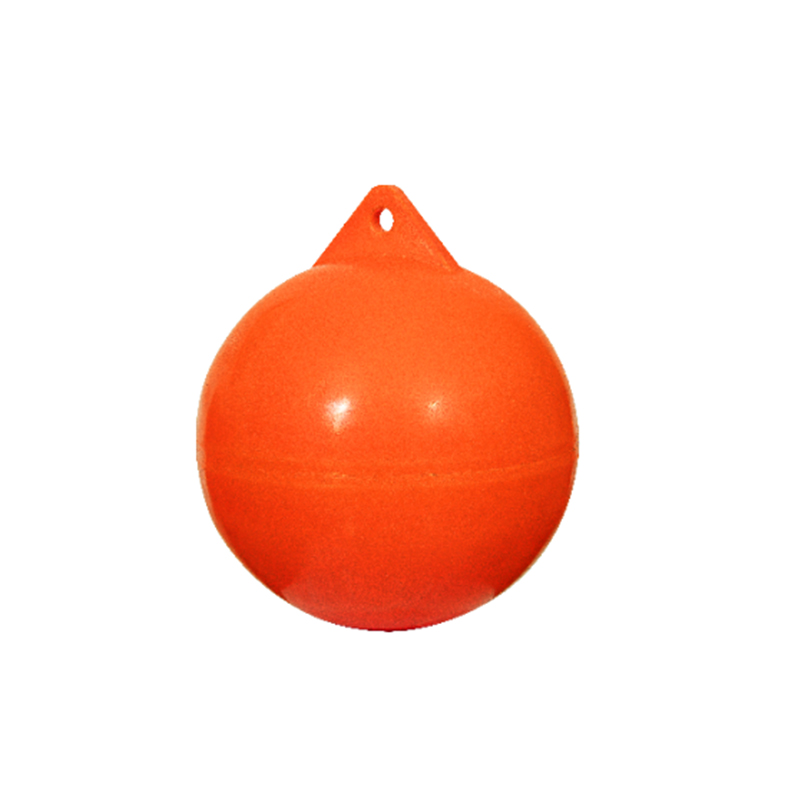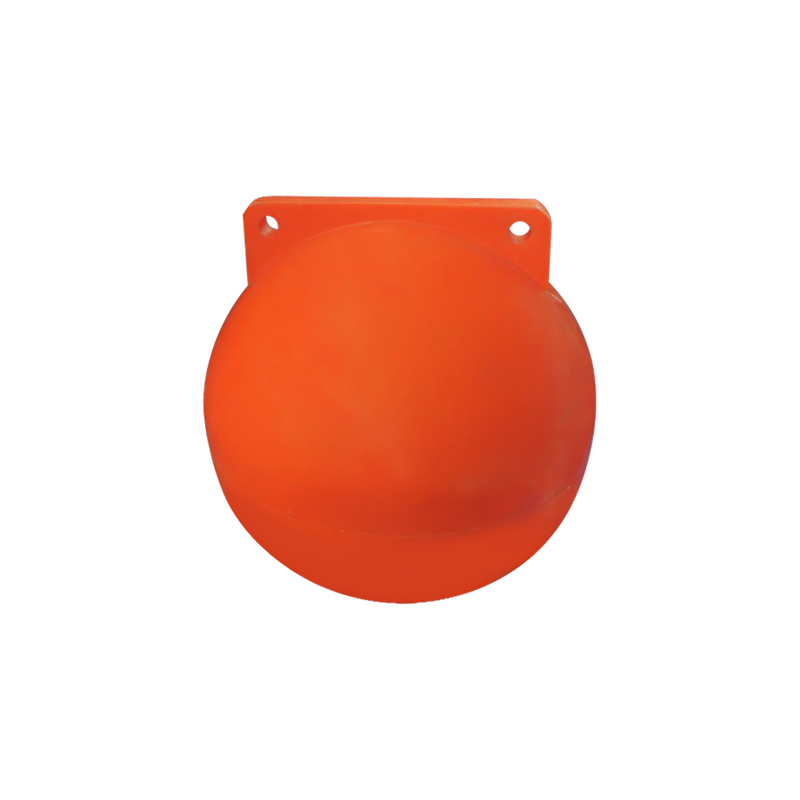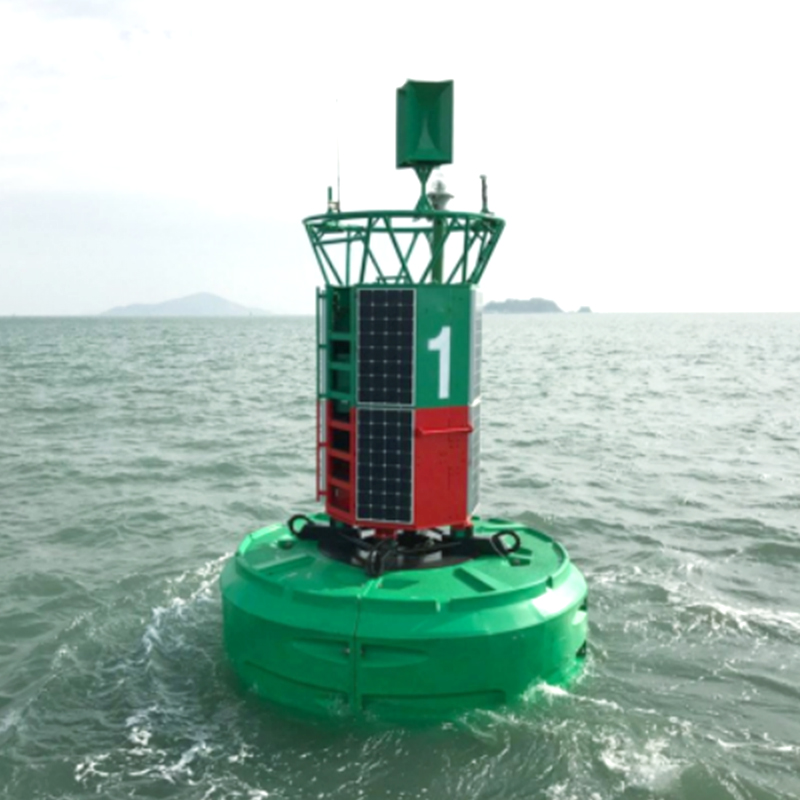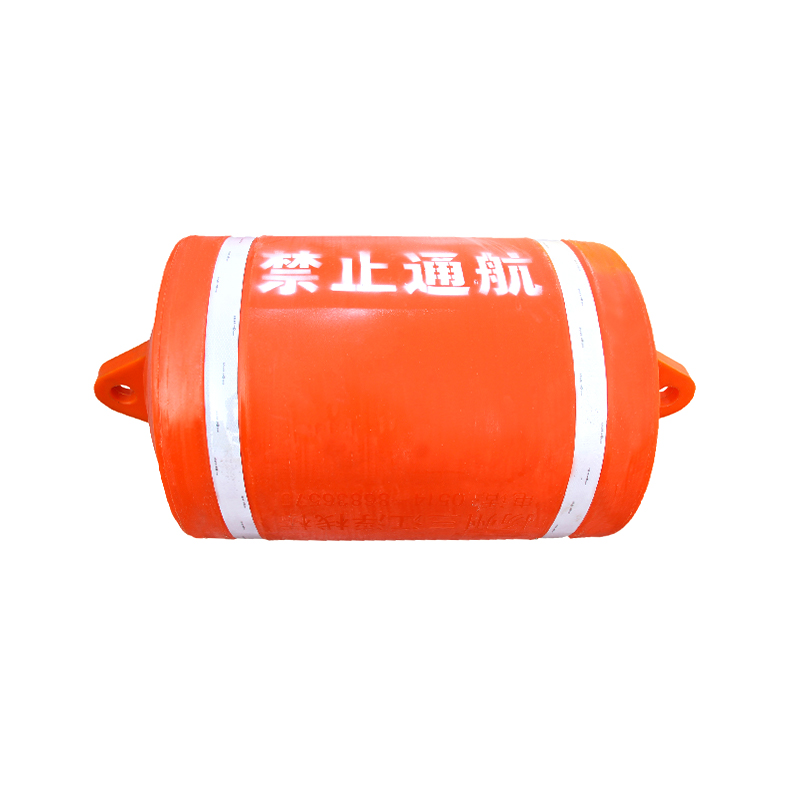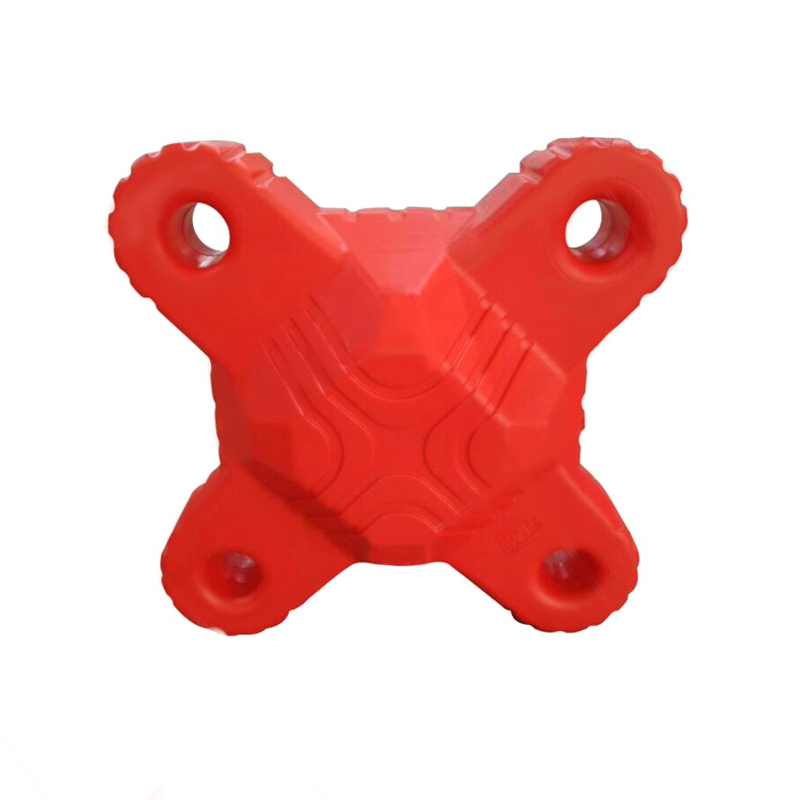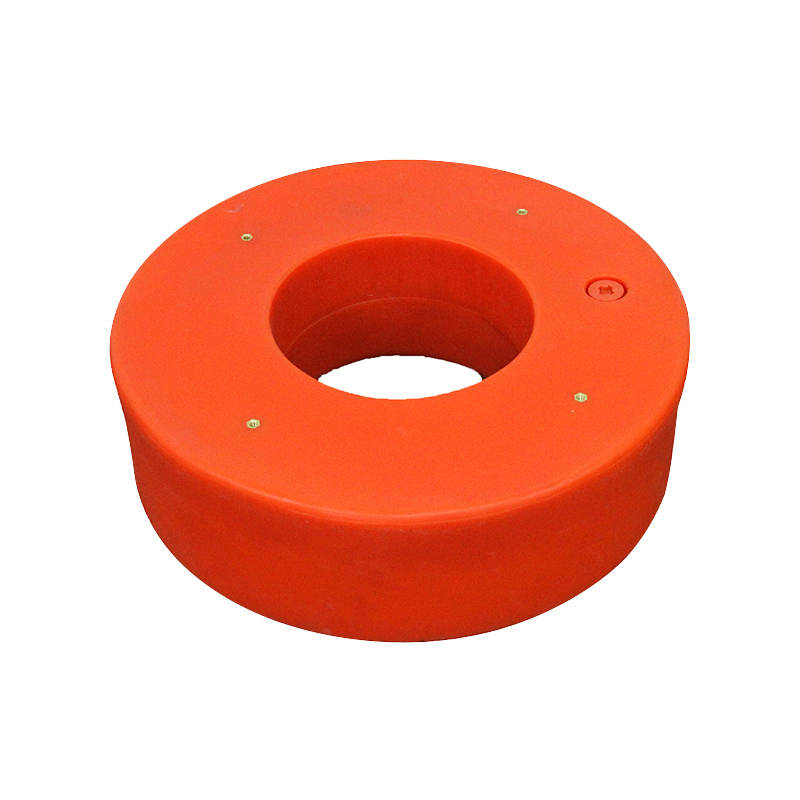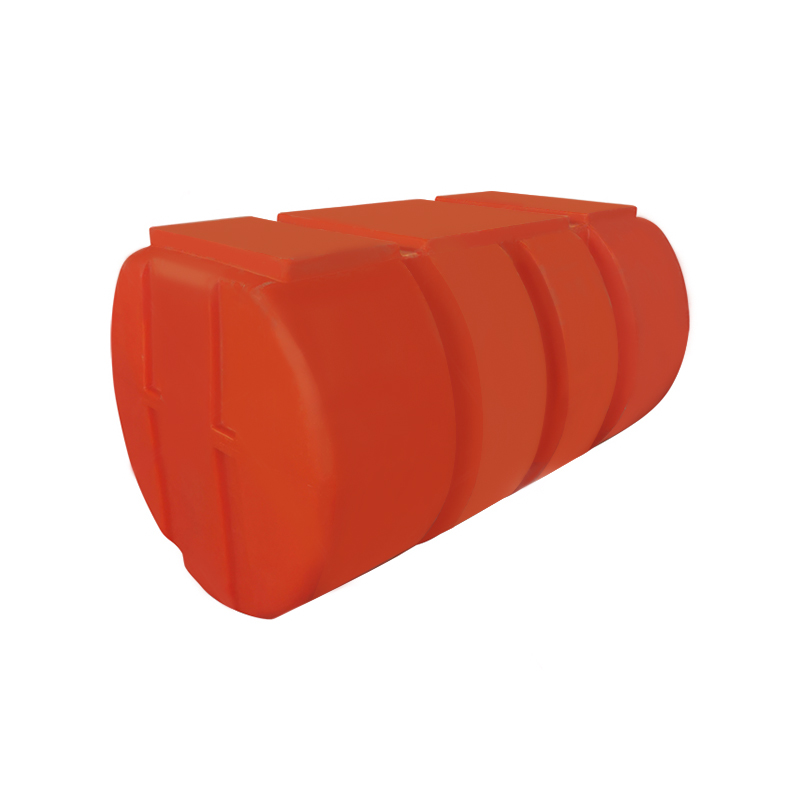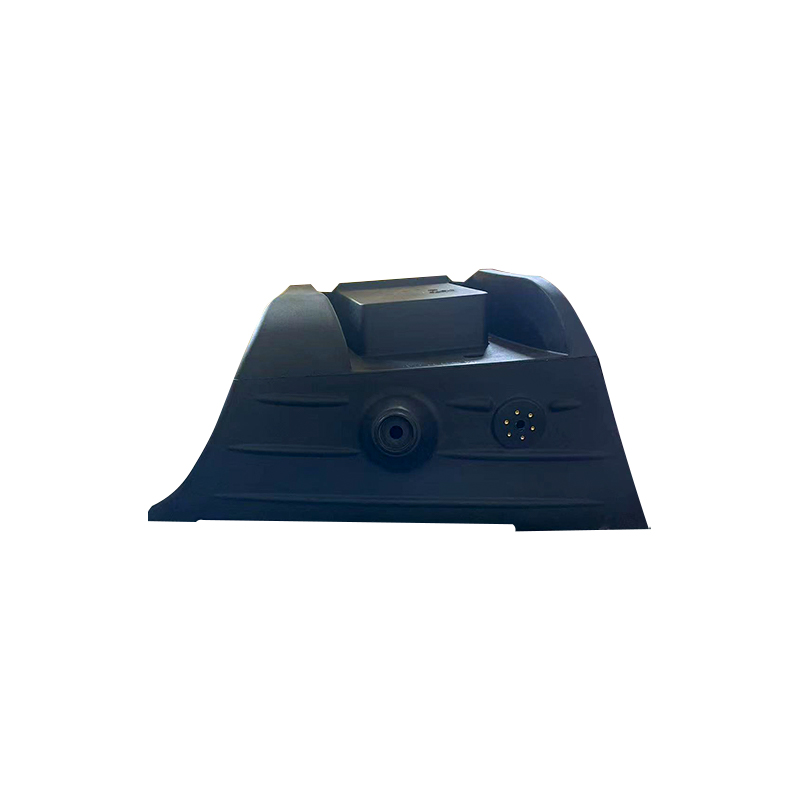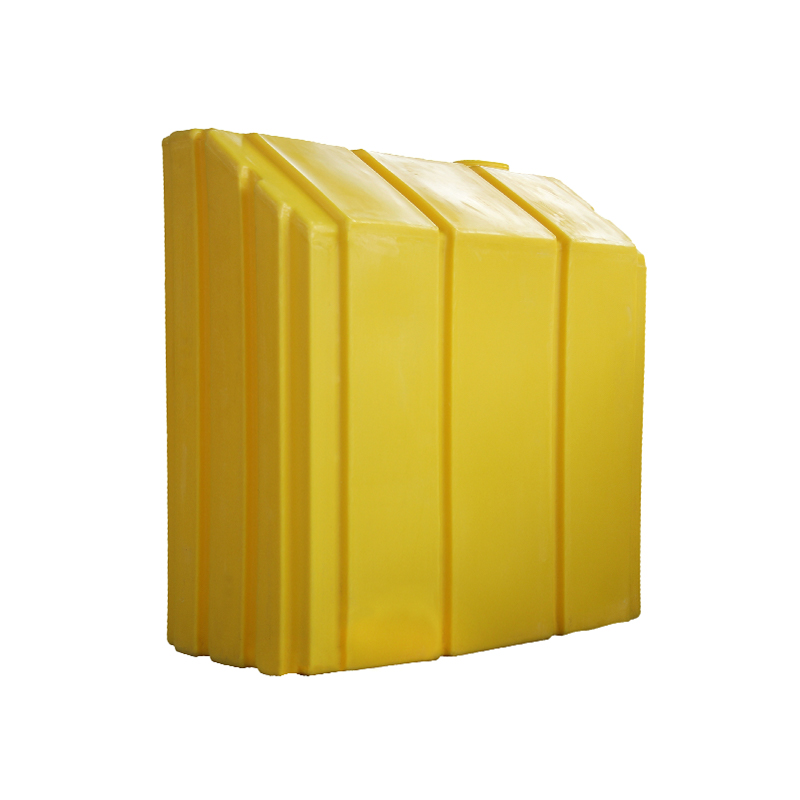How to solve common faults of sewage lifting pumps
As a key piece of equipment in sewage treatment systems, the proper operation of sewage lift pumps is crucial to the efficiency and safety of the entire drainage system. Due to the high levels of impurities in sewage and the harsh operating environment, pumps and related equipment often experience various malfunctions.
1. The pump will not start or starts with difficulty.
Fault Symptoms
The pump will not start or starts very slowly, or the motor may make a humming sound but not rotate.
Possible Causes
Power supply failure: Abnormal supply voltage or power outage.
Control circuit disconnected or poor contact: The starting control circuit is interrupted or the contactor coil is damaged.
Starter damage: This may include activation of the overload protector or a faulty relay.
Pump shaft stuck: The impeller or bearings in the pump are blocked by debris or rust, preventing the shaft from rotating.
Impeller stuck: Large debris or solid objects in the wastewater have become lodged in the impeller.
Solutions
Use a multimeter to measure the power supply voltage to confirm that the power supply is normal.
Check the electrical components in the control cabinet, especially the contactor and relay, and replace them if necessary.
Disconnect the power supply and manually rotate the pump shaft to confirm if it is stuck. If so, disassemble the pump body, remove any debris, and lubricate the bearings.
Clear any obstructions in the pump cavity and around the impeller to prevent impeller obstruction.
Check the starting protection device for malfunctioning and adjust the protection parameters.
2. The pump vibrates violently during operation.
Fault Symptoms: After starting the pump, there is noticeable vibration, the machine shakes, and even a knocking sound.
Possible Causes: Impeller imbalance: The impeller may have worn during manufacturing or operation, resulting in uneven mass distribution.
Bearing damage: Bearing wear or poor lubrication causes uneven rolling.
Insecure installation: The pump seat or base is loose.
Air blockage in the pipe: Air in the suction pipe causes cavitation.
Solution: Remove the impeller and perform dynamic balancing or replacement.
Inspect the bearings. If any unusual noise or looseness is detected, replace them immediately.
Inspect the bolts connecting the pump body to the foundation to ensure they are securely tightened.
Ensure the suction pipe is properly sealed and remove any air from the pipe to prevent cavitation.
Perform vibration tests on the pump body regularly to monitor the equipment status.
3. Insufficient pump flow or insufficient head:
Fault Symptoms: The pump is operating, but the water discharge volume is significantly insufficient, or the head does not meet the design requirements. Possible Causes
Impeller wear: Impeller blades become worn and thinner, resulting in reduced fluid delivery capacity.
Pipe blockage: The discharge or suction pipe is clogged with sediment or solids.
Valve not fully open: The outlet or inlet valve is not fully open, restricting flow.
Suction pipe leak: The suction pipe seal is poor, allowing air to enter and affecting suction.
Solutions
Check the condition of the impeller; if severely worn, replace or repair it.
Clean the suction and discharge pipes to ensure they are unobstructed.
Check all valves and ensure they are fully open.
Check the suction pipe seals, repair any leaks, and ensure there are no bubbles in the suction pipe.
Confirm there is no excessive resistance at the pump inlet and adjust the piping design if necessary.
4. Abnormal Pump Noise
Symptoms: The pump makes unusual noises during operation, such as sharp, rasping, knocking, or humming.
Possible Causes
Cavitation: Low pressure at the pump inlet causes water vaporization, resulting in bubbles bursting and making noise.
Bearing damage: Bearing wear or poor lubrication can cause grinding noises. Mechanical friction: The impeller contacts the pump casing or other components.
Foreign matter in the pump: Solid debris in the wastewater is lodged in the impeller or pump chamber.
Solution: Check the suction pressure and increase the suction pressure or reduce the pump's suction height.
Replace the lubricant regularly and replace the bearings if necessary.
Disassemble and check the clearance between the impeller and the pump casing, and repair worn parts.
Clean out debris from the pump body to ensure internal cleanliness.
Optimize the pump's operating conditions and avoid operating in low-flow areas.
5. Motor overheating or tripping
Fault symptoms: The motor temperature rises sharply after a period of operation, causing the motor protection device to trip and shut off power.
Possible causes: Overload: The pump is overloaded and the motor is operating at full load for extended periods.
Winding short circuit or insulation degradation: Degradation of the motor winding insulation can lead to a short circuit.
Poor heat dissipation: The motor's heat dissipation system is blocked or the ambient temperature is too high.
Abnormal power supply voltage: Low or unstable voltage reduces motor efficiency.
Solution: Check the pump load and eliminate mechanical problems that may be causing increased load. Use an insulation tester to check the insulation condition of the motor windings and repair or replace the motor if necessary.
Clean the motor cooling fan and heat sink to ensure proper ventilation.
Measure the supply voltage to ensure it meets the motor's rated parameters.
Set appropriate overload protection parameters to prevent motor damage.
6. Seal Leakage
Fault Symptoms: Liquid leaks from the pump body, and the seal area is wet or dripping.
Possible Causes: Mechanical seal damage: Wear or corrosion on the sealing surface.
Improper installation: The seal is not installed according to specifications, resulting in gaps.
Seal material incompatible with the medium: The seal material used is intolerant to corrosive substances in the wastewater.
Solution: Replace the mechanical seal with a corrosion-resistant material.
Strictly follow installation specifications to ensure proper seal installation.
Upgrade the seal material to suit the special wastewater environment.
Regularly check the seal condition and perform maintenance or replacement promptly.
7. Impeller Clogged or Worn
Fault Symptoms: Reduced pump flow, unstable operation, and increased power. Possible Causes
The sewage contains a large amount of solid impurities, such as plastic, fiber, and silt, which can cause impeller blockage.
Long-term operation causes wear and deformation of the impeller blades, affecting pumping efficiency.
Solutions
Regularly disassemble and inspect the pump body to clean any blockages in the impeller and pump casing.
Select an appropriate impeller material based on the actual sewage properties, such as a wear-resistant alloy or rubber coating.
Install a filter or screen at the pump inlet to reduce the amount of large impurities that enter the pump body.
Rationally manage the pump's operating hours to avoid prolonged high-load operation that accelerates wear.
8. Sewage Lift Pump Maintenance Recommendations
To minimize malfunctions and extend equipment life, the following maintenance measures are recommended:
Regular inspection and maintenance: This includes inspections of the electrical system, bearing lubrication, mechanical seals, and impeller condition.
Establish equipment documentation: Keep detailed records of all maintenance and malfunctions for analysis and prevention.
Maintain a clean operating environment: Avoid accumulation of water or debris around the pump body to ensure proper heat dissipation.
Implement online monitoring: Install vibration and temperature sensors to monitor equipment status in real time and provide timely warnings. Staff training: Regularly train operation and maintenance personnel to improve fault diagnosis and handling capabilities.


 English
English عربى
عربى



